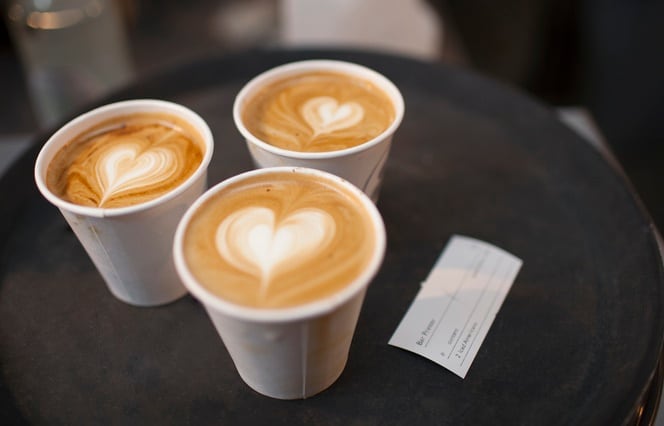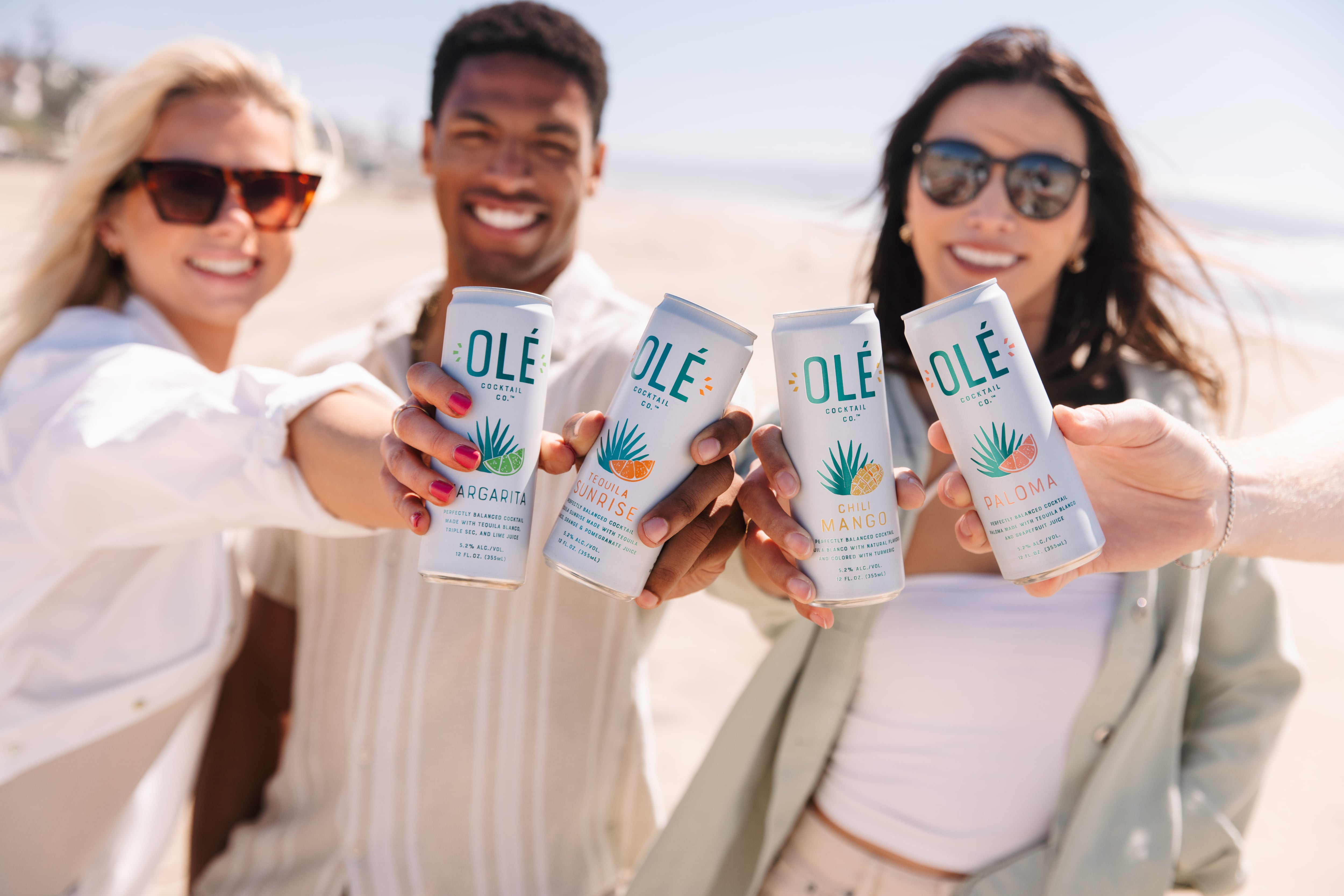In fact, two thirds (66%) of American adults drink coffee every day, according to stats revealed by this year’s National Coffee Data Trends (NCDT) report. This is higher than the consumption of tea, juice, soda and bottled water: and up nearly 7% since 2020.
That follows a five-year growth trend, seeing coffee win over more and more Americans.
Coffee: Tradition meets modernity
So why are more and more Americans turning to coffee?
“It’s not easy to pinpoint precisely what’s driving coffee’s continued growth and popularity, but we do know that coffee keeps up with consumers’ taste for tradition, and also meets their changing preferences and needs over time,” said William ‘Bill’ Murray, National Coffee Association CEO and president.
“We also know that consumers are becoming more and more interested in health and wellness. Awareness of the robust scientific evidence that shows drinking coffee is associated with significant health benefits is increasing – this may also be contributing to America’s continued love affair with coffee.”
Coffee drinkers consume, on average, three cups of coffee a day. But what are they drinking?
The first is specialty coffee. Consumption has increased nearly 18% (46% of American adults consumed specialty coffee during the past day in January 2025, compared to 39% in 2020).
Within the specialty category, consumption of cappuccinos, espressos, lattes, caffe mochas, macchiatos, flat whites and Americanos (all defined as espresso-based beverages) has increased 17% (from 24% of adults in 2020 to 28% in 2025).
But non-espresso-based beverages (newer, trendier innovations such as nitro coffees, frozen blended coffees and cold brew coffees) shot up by nearly 42% (from 12% of adults in 2020 to 17% in 2025).

And while the number of Americans having specialty coffee in the past day has increased dramatically between 2020 and 2025, traditional coffee has also grown alongside this. In fact, the proportion of traditional coffee consumed compared to specialty coffee has remained consistent (for every 100 cups of coffee consumed, 59 are specialty and 41 are traditional).
Grocery stores remain the most popular place to purchase coffee. However, the online channel is doubled: from 7% in 2020 to 14% in 2025.
Other channels include mass merchandisers or ‘big box stores’ (29%) and club stores (10%). Only 5% buy from a coffee shop.
Drip coffee makers are the most popular format in the US, but single cup brewers, instant coffee, bean-to-cup machines, and other set-ups are increasingly popular.
The survey found that 62% of American adults have a drip coffee maker at home (compared to 58% in 2020), 42% have a single-cup brewer (compared to 40% in 2020) and 35% have instant coffee (compared to 27% in 2020).
Meanwhile, 15% have a bean-to-cup machine (compared to 10% in 2020), 12% have a French press (compared to 14% in 2020), 12% have an espresso machine (compared to 8% in 2020), 11% have a slow-drip cold brew setup (versus 7% in 2020), and 6% have a pour-over coffee maker (5% in 2020).
Tariff trouble?
Coffee prices are at all time highs, due to numerous factors like decreased harvests, smaller global surpluses, and increased costs all along the supply chain.
Now there’s the added complication of tariffs, as almost all coffee must be imported to the US.
“Coffee has retained its popularity through lots of different trends, but consumers’ budgets are clearly stretched and any further increase could have negative consequences for coffee drinkers, coffee businesses, and the US economy,” said Murray. “We do know that, even when prices go up, many consumers can stretch their coffee dollar, for example, by joining loyalty programs, and finding promotions, but there may be limits to how flexible they can be.”
However, the organization champions the importance of the coffee industry to the US as a whole.
The total economic impact of the coffee industry in the US in 2022 was $343.2bn, which is up 52.4% since 2015. Consumers spend more than $300m on coffee products every day single day: equating to nearly $110bn per year.
The coffee industry is responsible for more than 2.2 million US jobs and generates more than $100bn in wages per year.
And every $1 in coffee imported to the US ends up creating an estimated $43 in value in the US.



